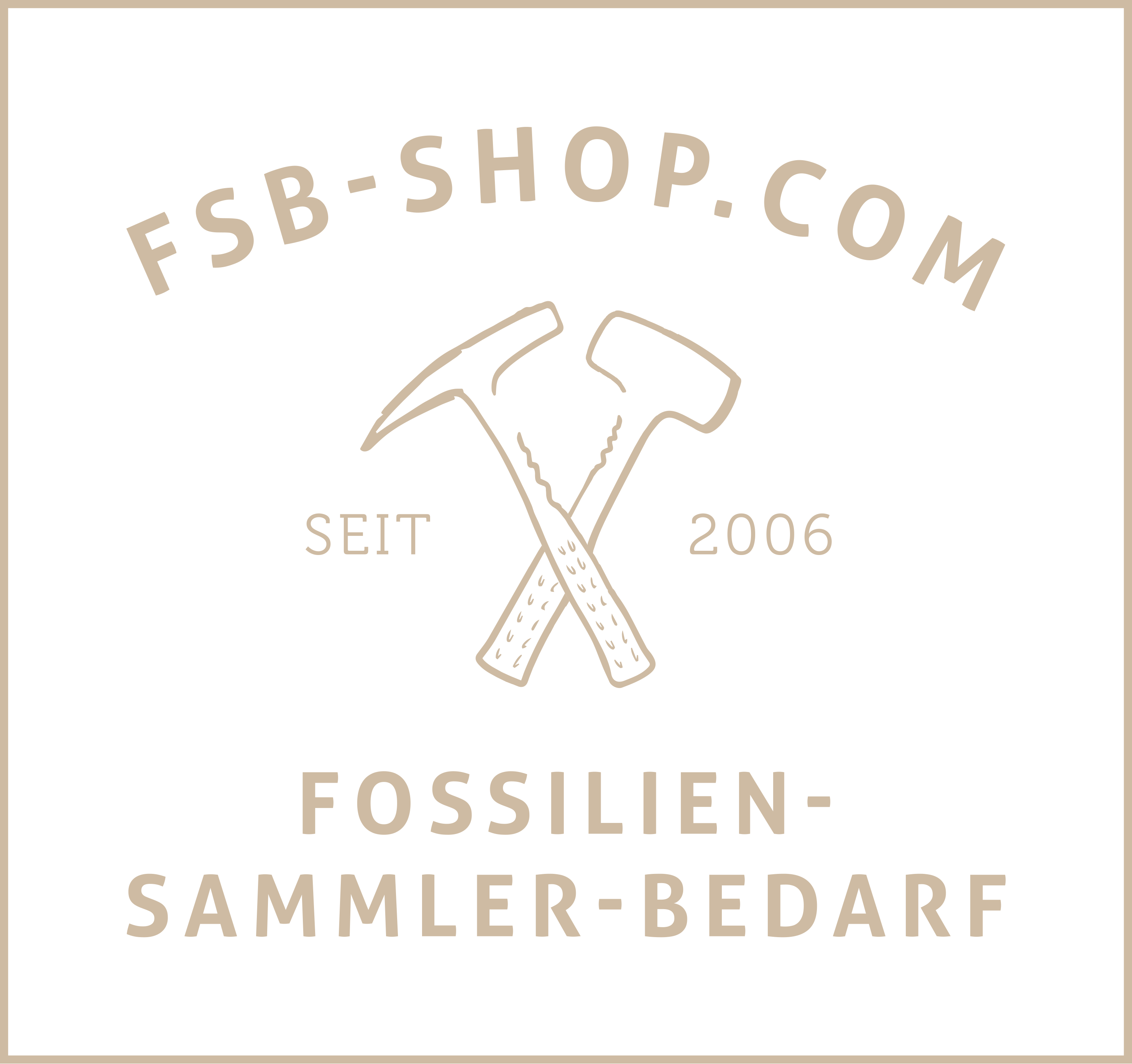The northern edge of the Alps, which consists mainly of non-metamorphic sedimentary rocks, is called the "Northern Limestone Alps". These rock sequences form all kinds of landscapes, from high mountains to forested hills, are very often rich in fossils.
In our area south of Munich (between Mittenwald in the west and Kufstein in the east and between Bad Tölz in the north and Innsbruck in the south), the mountains can be divided quite well. During the folding of the Alps, the rocks were sheared from the bedrock, transported northwards and pushed over several times and are now present in larger tectonic units. This means that identical strata can be found partly on top of each other or rocks of the same age from completely different depositional areas can be found directly next to each other. Almost anything is possible here.
The age of the rocks ranges from the oldest Triassic to the Miocene or the present.
Tectonic units
In dieser Zone, die den weitaus größten Bereich der Nördlichen Kalkalpen bildet, liegen die Gesteine in bis zu vier übereinandergestapelten Abfolgen (=“Decken“) vor. Diese Gesteinsabfolgen sind nicht immer vollständig und die obersten natürlich bereits stark abgetragen. Man unterscheidet die Allgäudecke (unten), darauf die Lechtaldecke und zuoberst die Inntaldecke. An der Nordstirn dieser Decken sind noch Gesteine angepresst, die als „Randschuppe“ bezeichnet werden. Die tektonischen Abläufe und die Alpenentstehung allgemein ist sehr spannend, soll aber hier nicht vertieft werden. Es geht hier mehr um die paläontologischen Aspekte: Gesteine und deren Fossilien. Die Gesteine wurden überwiegend in einem nicht zu tiefen Randmeer auf dem südlichen Kontinent („alpiner Schelf“) abgelagert.
Age: Beginning of the Triassic until the Paleocene
In the Jurassic, the alpine shelf was very strongly structured and several different depositional areas can be distinguished. Depending on the depth or other conditions, the most diverse rocks are present.
The rocks of flysch are deposits from a former deep-sea trench that formed in the Cretaceous on the northern front of the approaching alpine blankets. A recent example would be the deep-sea trench off the coastal Cordillera in South America. A small part was included in the mountain building and is present today at the surface north of the calcareous alpine zone.
Age: Chalk
The few surviving Helvetic rocks were deposited on the northern continent, onto which the calcareous-alpine sequences of the southern were eventually pushed. In the process, some successions were passed down. They were welded to the northern edge of the flysch zone.
Age: Upper Cretaceous and Old Tertiary (until Eocene)
When the Alpine blanket stack arrived at the northern continent, the deep-sea trench (flysch zone) was closed. However, due to the uplift, a shallow marginal sea formed in the north instead, into which the erosion debris of the early Alps was poured. This so-called Molasse Sea existed for many millions of years. Due to constant subsidence, there are several thousand metres of sediment in this basin today. The southern edge of the Molasse Basin was also affected by mountain building and is folded.
Age: Tertiary (Oligocene - Miocene)


